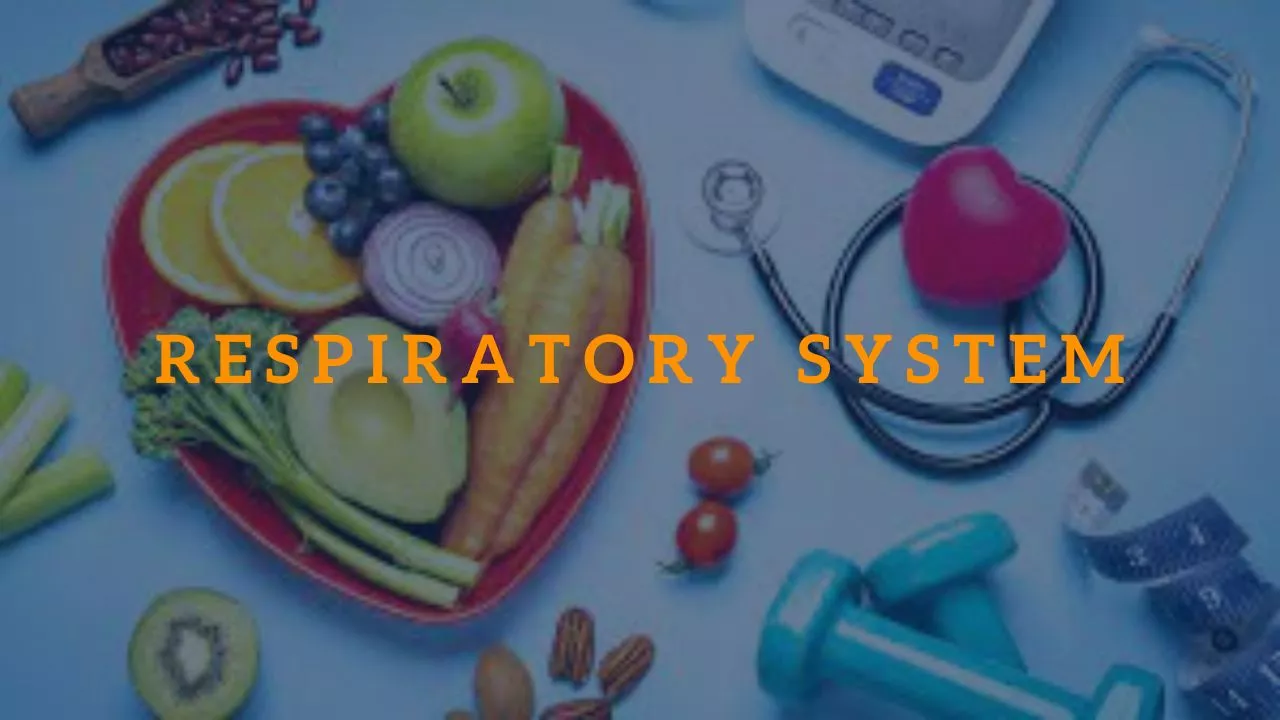Hello 1-GSM Visitors! In this article, we will be discussing the respiratory system, a vital system in the human body that allows us to breathe and obtain oxygen. This system includes various organs and muscles that work together to ensure proper respiration. Let’s dive in and learn more about the respiratory system.

What is the Respiratory System?
The respiratory system is a group of organs and tissues that work together to allow us to breathe. It includes the nose, mouth, throat, lungs, and other muscles that help us inhale and exhale air. The primary function of the respiratory system is to bring oxygen into the body and remove carbon dioxide, a waste product, from the body.
How Does the Respiratory System Work?
The respiratory system works by inhaling air through the nose or mouth, which then travels down the throat and into the lungs. The air is then exchanged between the lungs and blood vessels, where oxygen is transferred to the bloodstream and carbon dioxide is removed. The process of exhaling then expels the carbon dioxide from the body.
What Are the Components of the Respiratory System?
The respiratory system consists of several components, including the nose, mouth, pharynx, larynx, trachea, bronchi, and lungs. The nose and mouth are the entry points for air, while the pharynx and larynx help guide air to the trachea. The trachea then divides into two bronchi, which lead to the lungs.
What Are the Functions of the Nose and Mouth in the Respiratory System?
The nose and mouth are responsible for bringing air into the respiratory system. The nose filters, warms, and moistens the air before it enters the lungs. The mouth also filters air, but to a lesser extent. Both the nose and mouth play a vital role in the respiratory system’s overall function.
What is the Pharynx?
The pharynx is a muscular tube that connects the nasal and oral cavities to the larynx. It is responsible for guiding air and food to the correct passages in the body. The pharynx also contains the tonsils, which help filter out bacteria and viruses from the air that we breathe.
What is the Larynx?
The larynx is commonly known as the voice box and contains the vocal cords. It also helps to guide air to the trachea and prevent food or liquids from entering the lungs. The larynx plays a vital role in speech and breathing.
What is the Trachea?
The trachea is a tube that carries air from the larynx to the bronchi in the lungs. It is lined with tiny hairs called cilia, which help to filter out particles and mucus. The trachea is also responsible for producing mucus, which helps to keep the airways moist.
What are the Bronchi?
The bronchi are two tubes that branch off from the trachea and lead to the lungs. They are responsible for carrying air into the lungs and distributing it to the smaller airways in the lungs. The bronchi are lined with mucus and cilia, which help to filter out particles and mucus.
What are the Lungs?
The lungs are the primary organs of the respiratory system and are responsible for exchanging oxygen and carbon dioxide. They are made up of millions of tiny air sacs called alveoli, which are surrounded by blood vessels. The alveoli are responsible for transferring oxygen to the bloodstream and removing carbon dioxide.
What Are the Muscles Involved in Breathing?
Several muscles are involved in the process of breathing, including the diaphragm and intercostal muscles. The diaphragm is a large, dome-shaped muscle that separates the chest cavity from the abdominal cavity. When it contracts, it moves downward and allows the lungs to expand. The intercostal muscles are located between the ribs and help to raise and lower the ribcage during breathing.
What is the Role of Oxygen in the Respiratory System?
Oxygen is essential for the body to function properly. It is used by the cells to produce energy and is necessary for the brain and other organs to function. The respiratory system is responsible for bringing oxygen into the body and distributing it to the cells.
What is the Role of Carbon Dioxide in the Respiratory System?
Carbon dioxide is a waste product produced by the cells during metabolism. It is removed from the body through the respiratory system. The respiratory system is responsible for removing carbon dioxide from the body and expelling it through exhaling.
What Are Some Common Respiratory System Disorders?
There are several common respiratory system disorders, including asthma, bronchitis, emphysema, and pneumonia. These disorders can affect the lungs and other parts of the respiratory system and can cause difficulty breathing, coughing, and other symptoms.
How Can We Keep Our Respiratory System Healthy?
There are several ways to keep our respiratory system healthy, including quitting smoking, exercising regularly, maintaining a healthy diet, and avoiding pollutants and allergens. It is also important to seek medical attention if you experience any respiratory system symptoms.
Conclusion
The respiratory system is a vital system in the human body that allows us to breathe and obtain oxygen. It includes various organs and muscles that work together to ensure proper respiration. Understanding the respiratory system and how it works can help us maintain our overall health and well-being.
Thank you for reading this article on the respiratory system. We hope you found it informative and helpful. See you again at our other interesting articles!
